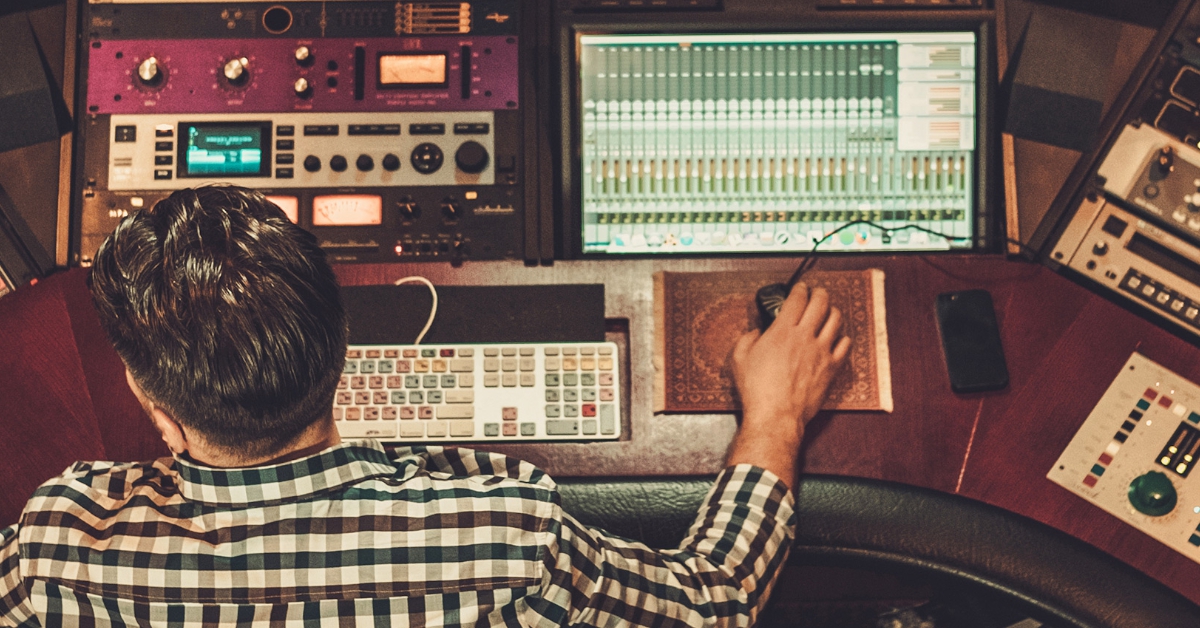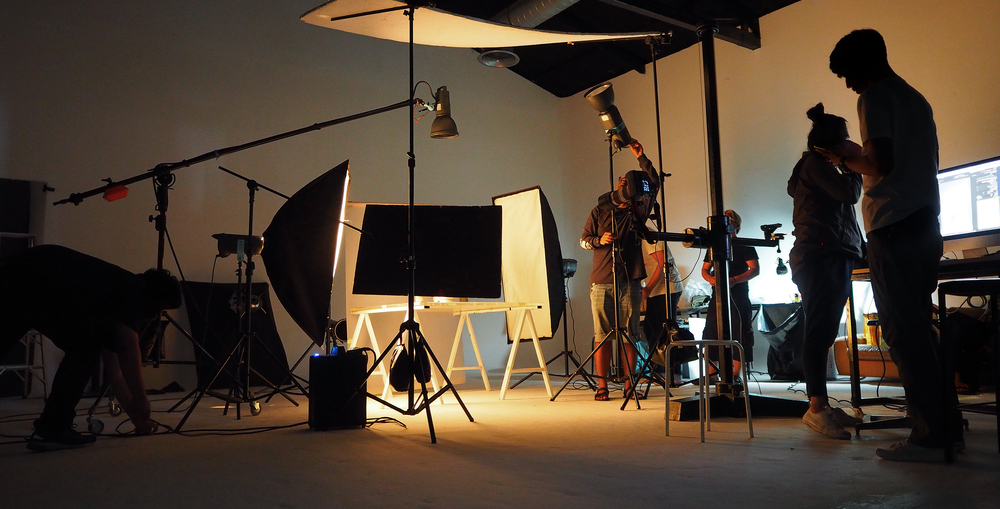Before anything even appears on screen, a video has to go through a pre-production stage to be successful. This is where all the logistics are planned out and the hard work begins. If you’re working on a video project, big or small, these tips will help you pump up your pre-production and make sure everything runs smoothly.
Thoughts about pre-production—and the reality
Pre-production is often thought of as the “planning” stage of video production. And while it’s true that pre-production involves a lot of planning, there’s also a lot more to it than that. Pre-production is also the stage where you start to put your ideas into a concrete form and start to see how they’ll come together to create your final product.
It can be easy to get wrapped up in the planning stage and lose sight of the fact that pre-production is also about making decisions and taking action. You have to be able to make decisions quickly and efficiently, and you have to be comfortable with change. Things will inevitably change as you move from pre-production into production and post-production, so it’s important to be flexible and adaptable.
The most important thing to remember about pre-production is that it’s not just about planning; it’s about making things happen. So don’t get too bogged down in the details, and don’t be afraid to take some risks. The goal is to get your project off the ground and moving forward, so you can start bringing your vision to life.

Preproduction keeps the videographer and clients on the same page.
Preproduction is the stage of video production that comes before actual filming begins. During preproduction, the videographer and client work together to plan out the details of the video. This includes figuring out the purpose of the video, who will be in it, what will happen in it, and where it will be shot. This process helps to ensure that both the client and videographer are on the same page regarding the project.
Preproduction is an important step in any video project, as it allows both parties to get clear about what they want out of the final product. By taking the time to discuss all aspects of the project beforehand, potential problems can be avoided and both parties can be sure that they are satisfied with the final product.
The purpose of the video
The purpose of the video is to introduce the viewer to the pre-production stage of video production. This stage is critical to the success of any video project, and the viewer needs to understand what goes into this stage before starting the project. The video covers a variety of topics related to pre-production, including storyboarding, scripting, and casting. By the end of the video, the viewer will have a better understanding of how to approach their video project and what they need to do to ensure its success.
The shooting script
The shooting script is the document that contains all of the information necessary to produce a video. It includes the storyboard, the shot list, and the dialogue.
The shooting script is an essential part of pre-production. It ensures that everyone involved in the production process is on the same page. Without a shooting script, it would be very difficult to produce a quality video.
The storyboard, or the visual representation of the video
A storyboard is a diagram that shows the progression of your video, shot by shot. It’s like a comic book version of your video, and it’s an essential tool for pre-production. A storyboard should show the general flow of the video, what kind of shots you’ll need, and any special effects or graphics that will be used.
Creating a storyboard can seem daunting, but there are a few simple steps you can follow to get started:
1. Write a treatment: This is a brief description of your video, including the key scenes and characters. This will help you determine the overall structure of your storyboard.
2. Sketch out each scene: Once you have a good understanding of the flow of your video, start sketching out each scene. Remember to include both visual and audio elements in your sketches.
3. Create a shot list: Once you have all of your scenes sketched out, it’s time to create a shot list. This is a detailed list of every single shot in your video, including camera angles, transitions, and anything else that will help bring your storyboard to life.
4. Assign frames to each scene: Now that you have a shot list, it’s time to start assigning frames to each scene. This will help you visualize how each shot will look and flow together.
The “shot list”
A “shot list” is a document that details every shot in a video. It includes information such as the location of the shoot, the type of shot (such as wide or close-up), and any special instructions for the camera operator.
Creating a shot list is an important part of the pre-production stage of video production. It helps the director and cameraperson plan out the video and ensure that all of the necessary shots are captured. It can also be helpful for budgeting purposes, as it can give an estimate of how much film or tape will be needed for the project.

Audio concepts
Pre-production is the stage of video production in which all the planning and preparation for the project takes place. This includes coming up with the concept for the video, writing, the script, storyboarding, casting, and location scouting.
Audio is an important element of pre-production as it can set the tone and mood for the entire video. It’s important to spend time developing a soundscape that will complement the visuals and help tell the story you’re trying to communicate.
There are a few key audio concepts to keep in mind during pre-production:
1. Atmosphere – This is the overall feeling or ambiance that you want to create with your soundscape. It should be appropriate for the tone of your video and help set the mood.
2. Foley – Foley is any sound that is created specifically for the video, rather than using existing sounds or music. This can include anything from footsteps to door slams to background chatter.
3. Dialogue – The dialogue in your video needs to be clear and audible, so pay attention to microphone placement and make sure there’s no unwanted noise in the recording.
4. Music – Music can have a huge impact on a video, so it’s important to choose tracks that fit well with both the visuals and the overall tone of the piece.
Budget
As the saying goes, time is money. And when it comes to video production, that adage couldn’t be more true. That’s why one of the most important aspects of pre-production is creating a budget.
A budget will not only help you keep track of your spending, but it will also give you a clear idea of what your video project will cost. To create a budget, you’ll need to consider the following factors:
1. The length of the video: How long do you want the final product to be? This will affect things like the number of days you’ll need to shoot and edit, as well as how much footage you’ll need to purchase or license.
2. The number of locations: Will you be shooting on location or in a studio? If you’re shooting on location, how many different locations will you need? Each additional location will add to your overall costs.
3. Cast and crew: Do you plan on hiring professional actors or using amateurs? How many people will be working on the project (camera operator, sound technician, lighting designer, etc.)? The more people you have working on the project, the higher your costs will be.
4. Equipment rental: What kind of equipment do you need for your shoot? If you don’t own any camera or audio equipment yourself, then you’ll need to

The ultimate value of pre-production in video
Pre-production is the phase in video production where you develop your idea, do your research, and plan out your video. The ultimate goal of pre-production is to make sure that your video is of the highest quality and meets all of your expectations. By taking the time to properly plan out your video, you can avoid potential problems down the road and ensure that your final product is exactly what you wanted.
There are several important elements to consider during pre-production, such as your target audience, the purpose of the video, the budget, and the timeline. Taking the time to think about these things before you start the production will save you a lot of time and money in the long run. It’s also important to storyboard your video and creates a shot list so that everyone involved knows what needs to be done.
By properly planning out your video in pre-production, you can avoid expensive mistakes and ensure that your final product is exactly what you wanted. Investing time and effort into pre-production will pay off in the end!


Recent Comments